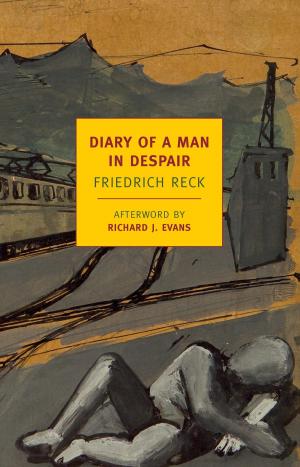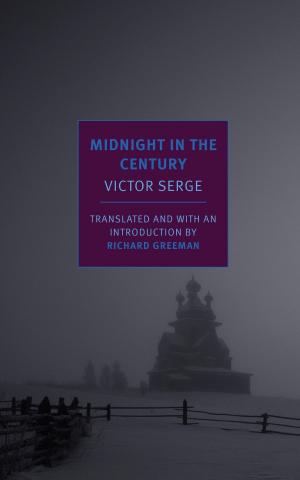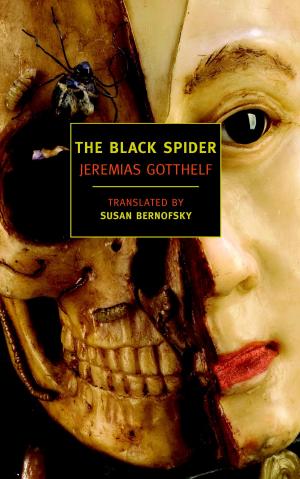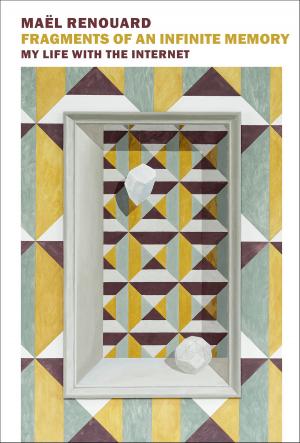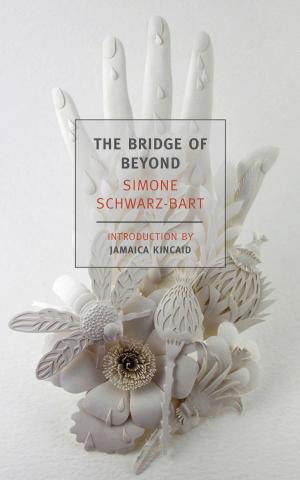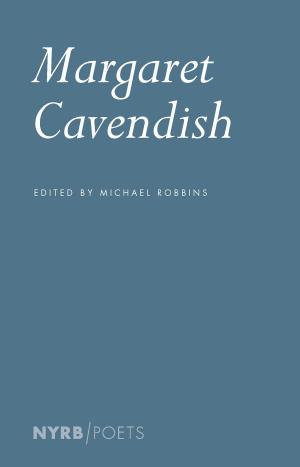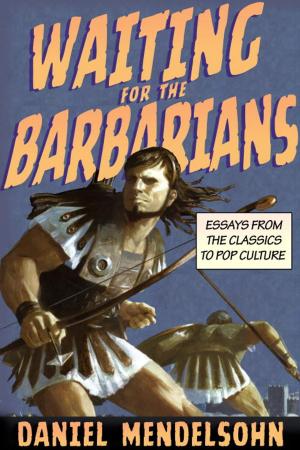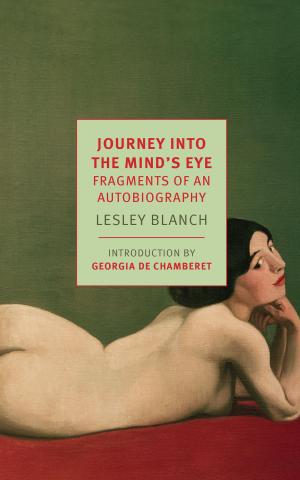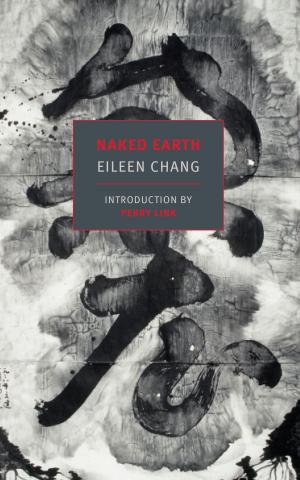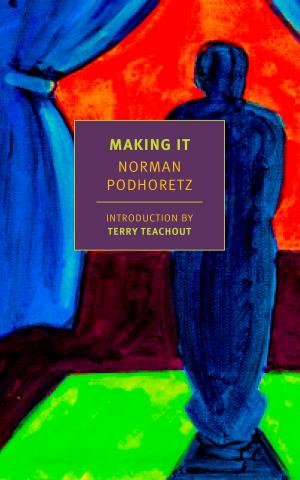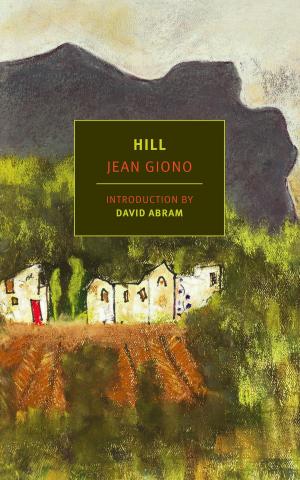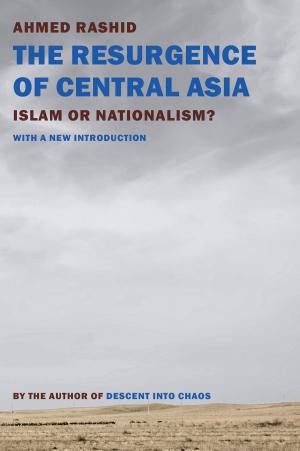A Dictionary of Symbols
Nonfiction, Health & Well Being, Psychology, Reference, Reference & Language, Dictionaries| Author: | Juan Eduardo Cirlot | ISBN: | 9781681371986 |
| Publisher: | New York Review Books | Publication: | April 14, 2020 |
| Imprint: | NYRB Classics | Language: | English |
| Author: | Juan Eduardo Cirlot |
| ISBN: | 9781681371986 |
| Publisher: | New York Review Books |
| Publication: | April 14, 2020 |
| Imprint: | NYRB Classics |
| Language: | English |
A classic encyclopedia of symbols by Catalan polymath Joan Cirlot that illuminates the symbolic underpinnings of myth, modern psychology, literature, and art.
From the Egyptians on, no form of learning was more vital to the ancient world than the knowledge of symbols, and it was no less important to the civilizations of the Orient, even into modern times. In the Occident, thinking about symbols shaped the great art of the medieval age, and, to a very large extent, the new developments of the renaissance and the baroque, before gaining a distinctly new importance with the discovery of the “unconscious” in the twentieth century. The poet and art critic Juan Eduardo Cirlot’s Dictionary of Symbols first came out in 1958; soon translated into English, it has since proved an indispensable and endlessly stimulating resource for scholars and students of fields from art to literature to psychology to philosophy. Whether discussing the nature of the Mandala, the symbolic dimensions of the cow, heron, hippopotamus, or planet Saturn, Cirlot’s book is an unrivaled source of information, instruction, inspiration, and simple pleasure. This new, expanded edition of the Dictionary includes new entries as well as an epilogue by Cirlot’s daughter Victoria discussing her father’s poetry and work as an art critic and its close connection to Surrealism.
A classic encyclopedia of symbols by Catalan polymath Joan Cirlot that illuminates the symbolic underpinnings of myth, modern psychology, literature, and art.
From the Egyptians on, no form of learning was more vital to the ancient world than the knowledge of symbols, and it was no less important to the civilizations of the Orient, even into modern times. In the Occident, thinking about symbols shaped the great art of the medieval age, and, to a very large extent, the new developments of the renaissance and the baroque, before gaining a distinctly new importance with the discovery of the “unconscious” in the twentieth century. The poet and art critic Juan Eduardo Cirlot’s Dictionary of Symbols first came out in 1958; soon translated into English, it has since proved an indispensable and endlessly stimulating resource for scholars and students of fields from art to literature to psychology to philosophy. Whether discussing the nature of the Mandala, the symbolic dimensions of the cow, heron, hippopotamus, or planet Saturn, Cirlot’s book is an unrivaled source of information, instruction, inspiration, and simple pleasure. This new, expanded edition of the Dictionary includes new entries as well as an epilogue by Cirlot’s daughter Victoria discussing her father’s poetry and work as an art critic and its close connection to Surrealism.

